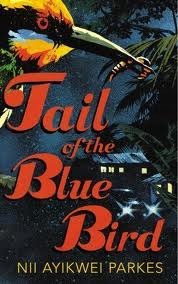On the 29th July the 2016 Magic Realism Blog Hop will start here.
What is the Magic Realism Blog Hop?
The hop is a magical realism mystery tour, with stops at blogposts
covering all sorts of subjects - reviews, thoughts about magic-realist
fiction, magic-realist art and film, useful information about magic
realism, maybe even some original magic-realist fiction.
During the three days until the 31st July at least 25 blogs will feature posts about magic realism and some (including this one) will feature more than one post. At the bottom of each post will be a list of the links to all the other posts on the bloghop. So all you have to do is click on the links to hop around the bloghop and in so doing discover new blogs and bloggers and read a wide range of posts about magic realism. As posts will be added to the list throughout the three days, so do come back to check out what is new.
The history of the Blog Hop
This is the fourth magic realism bloghop. I organised the first in July 2013 on the first anniversary of this blog. As this blog reviews one magic realist book a week, that means that this hop marks 200 books reviewed here. Whilst not officially part of the Blog Hop I have updated my l
ist of magic realism books. It's actually a list of the 700 magic realism books in my collection, so I only have 500 reviews to go (or 10 years of blogging) before I clear my current to-be-read list!
What I will be doing on the Blog Hop.
I am concentrating on the international nature of magic realism over my three blogs. On this blog I will feature two posts (in addition to this one) - on Saturday I will be posting a directory of international magic realism writers and on Sunday about Russian magic realism. On
Adventures in the Czech Republic I will be showing how and why magic realism is part of the Czech identity. On
ZoeBrooksBooks there will be a magic-realist poem.
Some useful information from previous blog hops
What is Magic Realism - the first post of the first blog hop
Useful Resources for Magic Realism
Free Magic Realism Short Stories and Books







